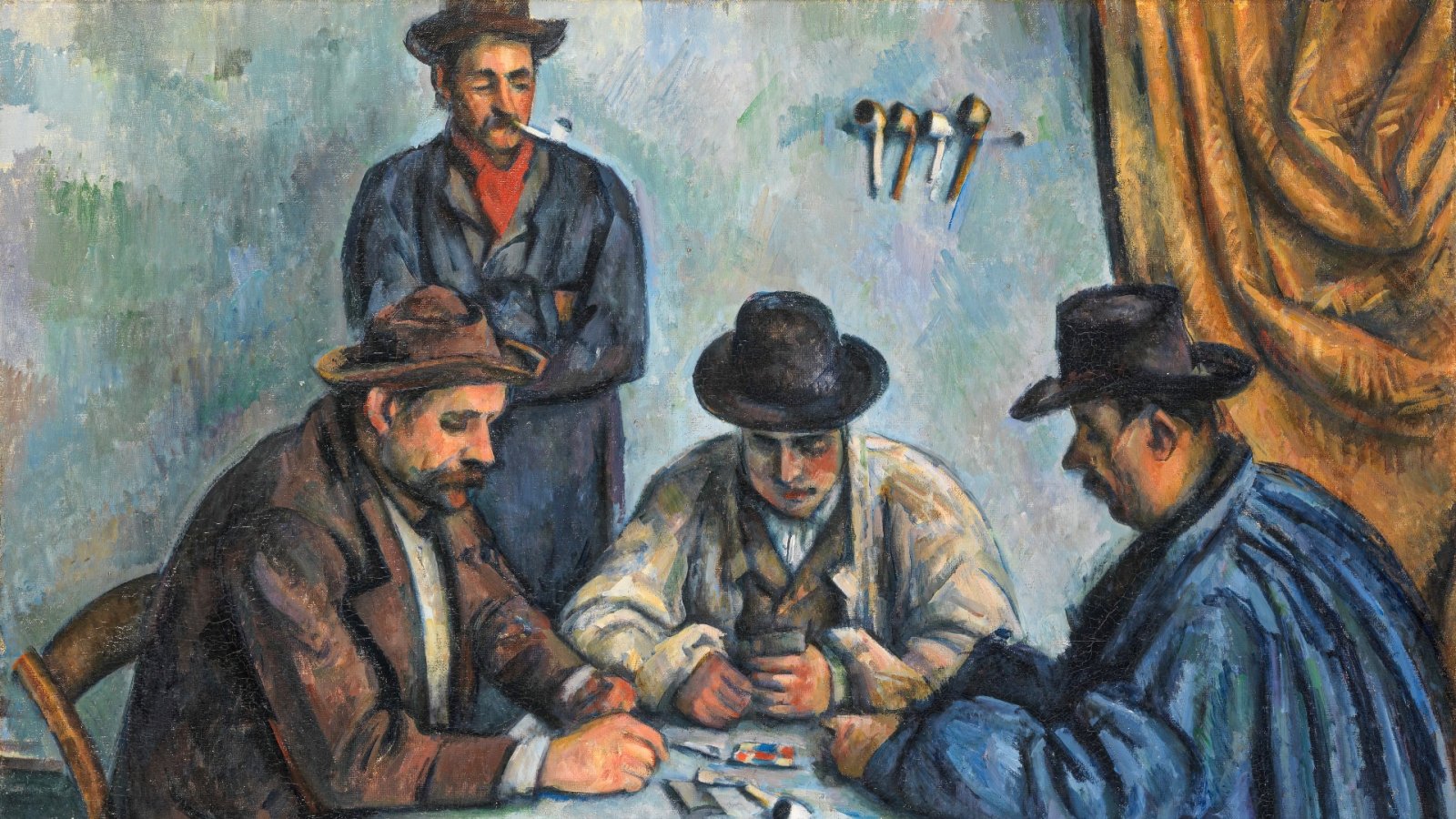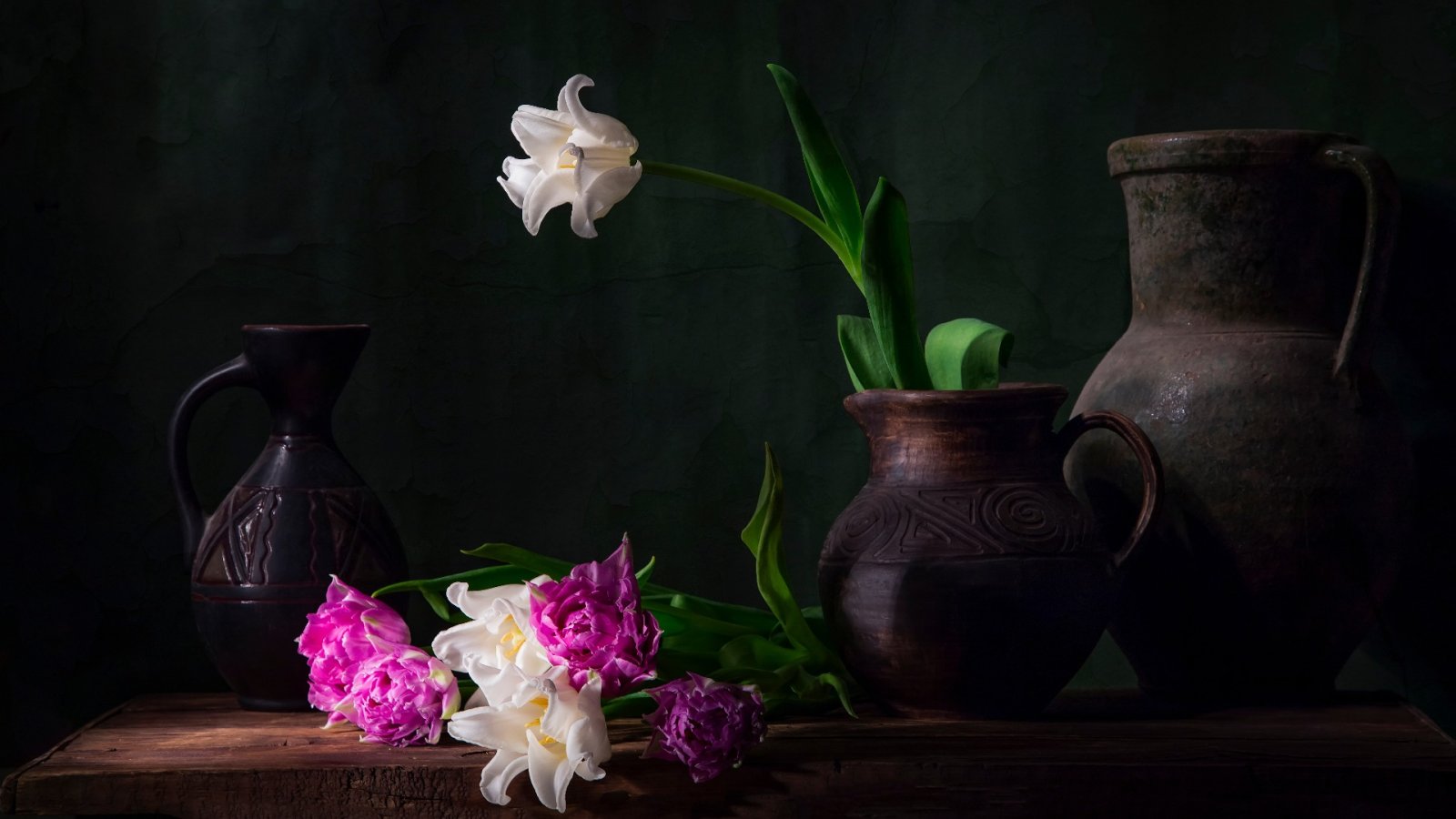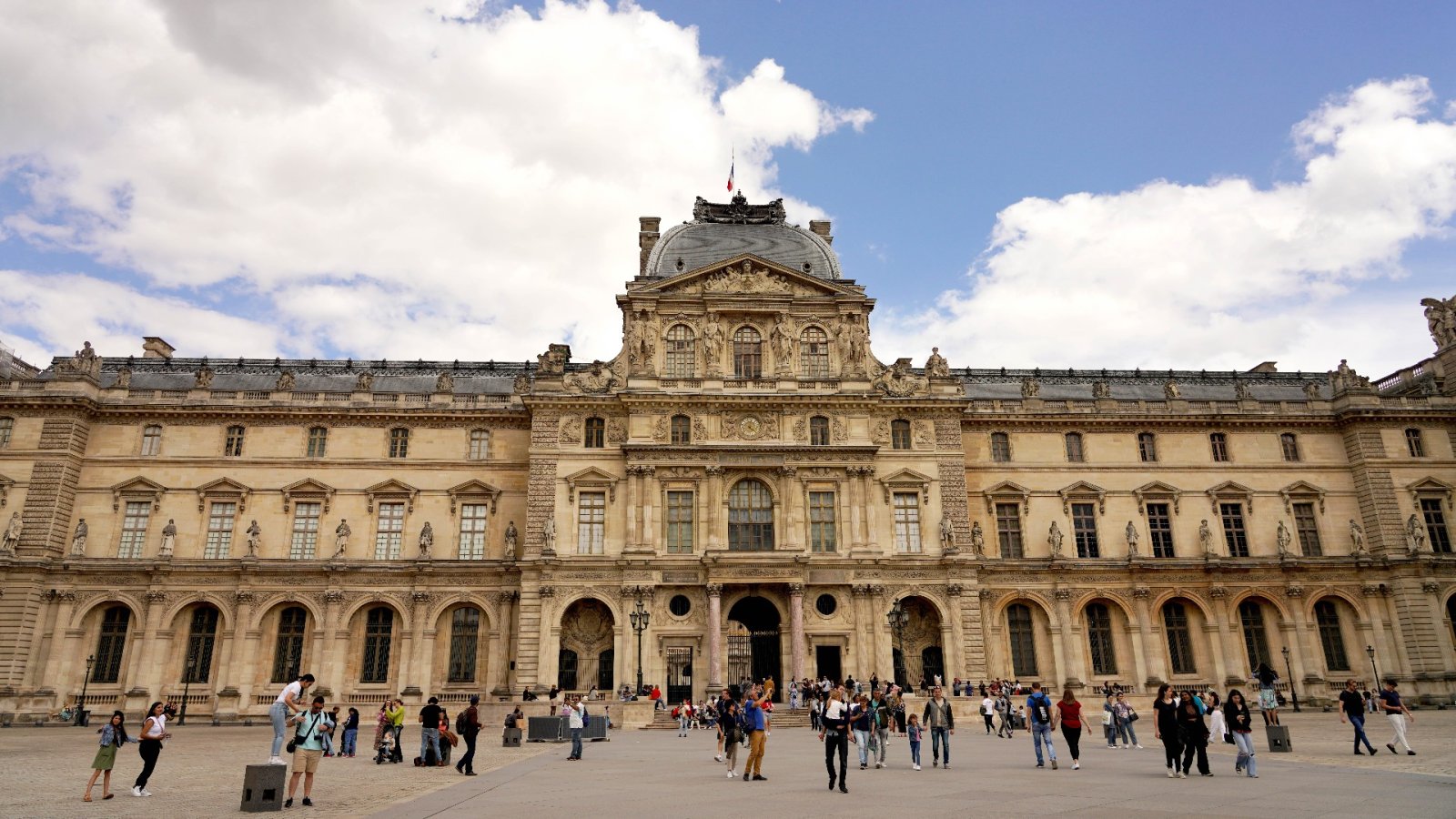The Louvre, an impressive repository of half a million works of art, is itself a masterpiece. Its construction, alteration, expansion, and renovation span several centuries, encompassing design elements from its 12th-century origins, unearthed beneath the lobby area, as well as Renaissance and French classical styles. Its architecture is thought to have influenced notable buildings such as the U.S. Capitol in Washington, D.C. and the Metropolitan Museum in New York.
Most recently, during a renovation project in the 1980s, the iconic glass and metal pyramid was erected in the museum's sprawling courtyard to serve as its main entrance. So, what should you focus on seeing at the Louvre? We’ve got some tips for you! Continue reading this article.
Because the Louvre displays around 38,000 works from its extensive collection at any given time. This remarkable assortment is categorized into eight curatorial departments, including Egyptian Antiquities, Near Eastern Antiquities, Greek, Etruscan, and Roman Antiquities, Islamic Art, Sculpture, Decorative Arts, Paintings, and Prints and Drawings.
Millions of visitors flock to the museum each year, hoping to catch a glimpse of these treasures. However, with so much splendor to behold, it can be difficult to determine where to begin. Luckily, this list of essential artworks will help you see (some of) the most important things.
Frieze of Archers
Welcome to Susa, one of the world's oldest cities and the capital of Elam, an ancient civilization situated in the far west and southwest of present-day Iran. In the 6th century BCE, Susa was incorporated into the Achaemenid Persian empire. It was here that Darius I (c. 550–486 BCE) constructed a palace with walls adorned by a polychromatic brick frieze depicting bearded archers marching in profile with spears in both hands and bows on their backs.
Many believe that these archers were part of the elite infantry of 10,000 soldiers known as the Immortals, as mentioned by Herodotus. The frieze is made of siliceous brick glazed in brown, white, and yellow, divided by wires to prevent the colors from blending. The French archaeologists' Jane and Marcel Dieulafoy uncovered the frieze in 1884. Additionally, this section of the Louvre features another 20 soldiers discovered by Roland de Mecquenem towards the end of the excavation project.
The Great Sphinx of Tanis
The Great Sphinx of Tanis, a granite sculpture that could date back to the 26th century BCE and stands more than 15 feet tall, is the most extensive sphinx preserved outside of Egypt. Although discovered in the ruins of the Temple of Amun-Ra in Tanis, which served as the capital of Egypt during Dynasties 21 and 23, it was probably created much earlier, as early as the 4th Dynasty (c. 2620–2500 BCE).
The original inscription only mentions pharaohs Amenemhat II (Dynasty 12), Merneptah (Dynasty 19), and Shoshenq I (Dynasty 22). The Louvre acquired the mythical creature with the body of a lion, the face of a human, and the wings of a falcon in 1826 from the collection of British Egyptologist Henry Salt. From 1828 to 1848, the sphinx was exhibited in the museum's courtyard, now called the Cour du Sphinx.
Mona Lisa by Leonardo da Vinci
Is an introduction really necessary for her? Perhaps not, as her mysterious smile is one of the most photographed in the world. Millions of visitors flock to the Louvre annually to catch a glimpse of Leonardo da Vinci's masterpiece, believed to be a portrait of Lisa Gherardini, the wife of Francesco del Giocondo, an Italian nobleman. In France, the painting is known as "La Joconde."
Da Vinci began painting the portrait in 1503 or 1506 and completed it two years before his death. King Francis I of France acquired the painting in 1518, and it remains one of the most treasured pieces in the Louvre's collection. The painting undergoes a complete annual examination at the C2RMF, the restoration and research center located below the Louvre.
The Coronation of Napoleon by Jacques-Louis David
The painting on display is a representation of Napoleon’s coronation as emperor, which was commissioned by him in 1804 and overseen closely during its execution. Measuring 33 by 20 feet, the massive composition was painted by Jacques-Louis David (1748–1825), who was appointed as the first painter of the court at the time.
The painting took two years to complete, with some changes made along the way, including Napoleon's pose. Originally, he was depicted with his hands down, but in the finished work, he is shown holding high the crown that he is about to place on Josephine’s head. The painting, which prominently features Napoleon’s mother, was originally created as a work of propaganda and entered the royal collections in 1819. In 1889, it was transferred to the Louvre, and a copy by David himself replaced it at Versailles.






